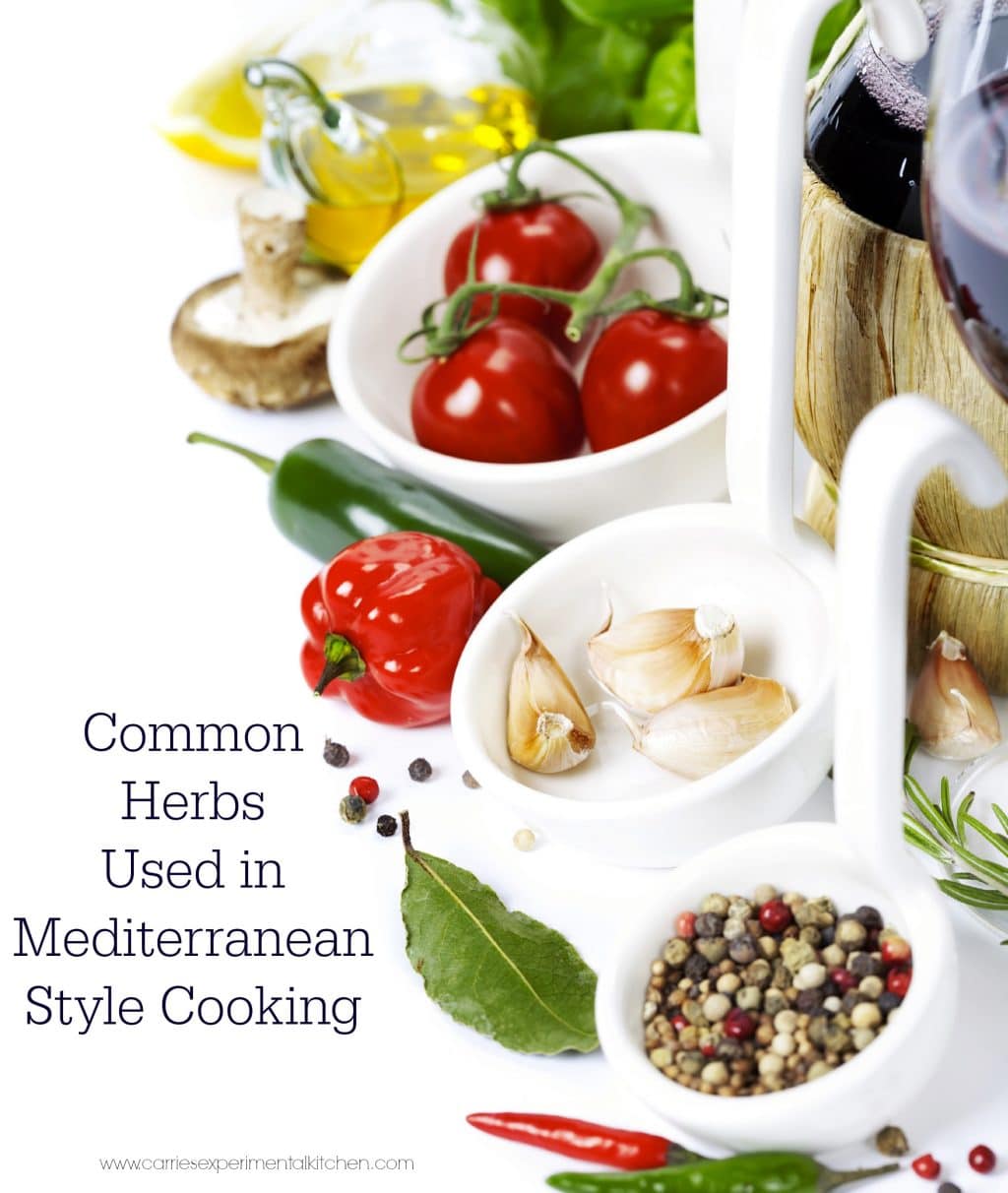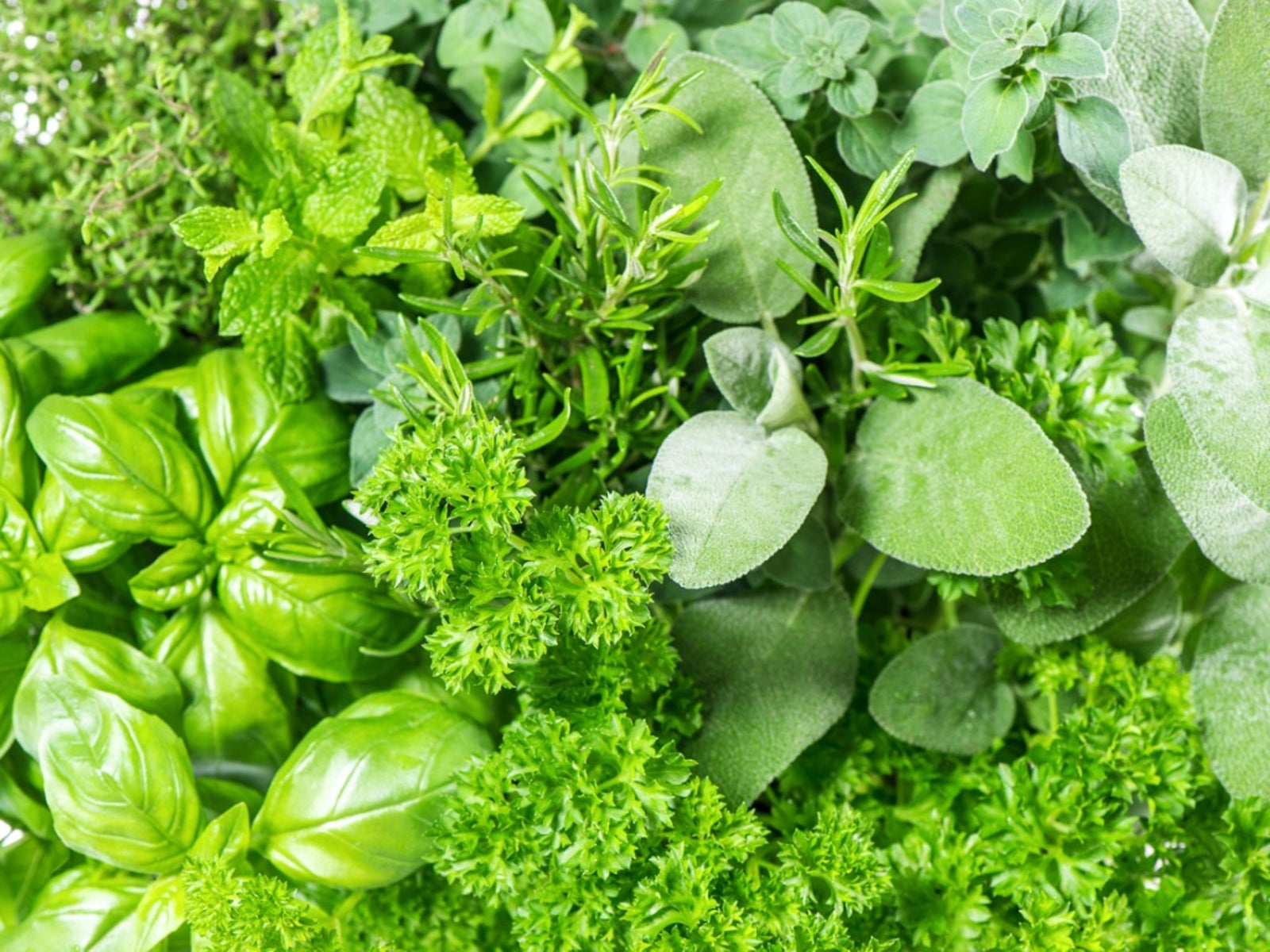Bringing the Mediterranean to Your Kitchen: The Best Indoor Herbs for Mediterranean Cooking
Finding the freshest ingredients is key to authentic Mediterranean cooking, and what better way to ensure that than by growing your own herbs indoors? For leaf seekers like you, and those at kratomforum.org who appreciate the connection between nature and culinary excellence, knowing the best indoor herbs for Mediterranean cooking is a game-changer. This guide will help you select and cultivate the best indoor herbs for Mediterranean cooking, transforming your culinary experience. This exploration of the best indoor herbs for Mediterranean cooking will empower you to create delicious and aromatic dishes all year round.
Choosing the Right Herbs: Your Guide to the Best Indoor Herbs for Mediterranean Cooking
The Mediterranean diet is renowned for its vibrant flavors, and a significant part of that comes from its abundant use of fresh herbs. Successfully growing the best indoor herbs for Mediterranean cooking requires careful consideration of several factors. Light is paramount; most herbs need at least six hours of sunlight daily, so a sunny windowsill is ideal. However, some herbs tolerate lower light conditions better than others. Proper soil drainage is equally important, preventing root rot.
Rosemary: The Aromatic Foundation of the Best Indoor Herbs for Mediterranean Cooking
Rosemary thrives indoors, offering a strong, piney flavor that’s essential to many Mediterranean dishes. Its woody stems and needle-like leaves make it a visually appealing addition to your kitchen. Ensure well-draining soil and regular watering, avoiding overwatering which can lead to root problems. Rosemary is a hardy herb and a true workhorse in the world of the best indoor herbs for Mediterranean cooking. A well-cared-for rosemary plant can provide you with fresh sprigs for years to come.
Basil: The King of Mediterranean Flavors, a Must-Have in the Best Indoor Herbs for Mediterranean Cooking
Basil is another staple in Mediterranean cuisine, known for its sweet, slightly peppery taste. While it prefers plenty of sunlight, it can tolerate slightly less light than rosemary. Regular pinching back of the growing tips encourages bushier growth and prevents the plant from becoming leggy. Different varieties of basil offer diverse flavor profiles, allowing you to experiment and find your favorites within the best indoor herbs for Mediterranean cooking.
Oregano: A Robust Addition to the Best Indoor Herbs for Mediterranean Cooking
Oregano is a robust herb that’s relatively easy to grow indoors. Its strong, earthy flavor is perfect for pizzas, pasta sauces, and grilled meats, making it a key component of many Mediterranean recipes. Oregano prefers well-drained soil and plenty of sunlight. It’s a drought-tolerant herb, so avoid overwatering. Like rosemary, oregano is a long-lasting addition to your collection of the best indoor herbs for Mediterranean cooking.
Thyme: The Versatile Choice in the Best Indoor Herbs for Mediterranean Cooking

Thyme, with its delicate, lemony flavor, is incredibly versatile. It pairs well with roasted vegetables, lamb, and chicken. Thyme is relatively low-maintenance, preferring well-drained soil and moderate watering. It’s a hardy herb that can tolerate some neglect, making it an excellent choice for beginner gardeners seeking the best indoor herbs for Mediterranean cooking.
Mint: The Refreshing Touch of the Best Indoor Herbs for Mediterranean Cooking
Mint adds a refreshing, cooling element to Mediterranean dishes and beverages. However, mint is a vigorous grower, so it’s best grown in its own pot to prevent it from overtaking other herbs. It prefers moist soil but should not be overwatered. Mint is a fantastic addition to salads, teas, and desserts, offering a welcome contrast to the stronger flavors of other herbs in your collection of the best indoor herbs for Mediterranean cooking.
Parsley: The Garnish and Flavor Enhancer in the Best Indoor Herbs for Mediterranean Cooking
Parsley, both flat-leaf (Italian) and curly, is a staple garnish in Mediterranean cooking. It adds a bright, fresh flavor to dishes. Parsley prefers partial shade and consistently moist soil. It’s relatively easy to grow indoors, making it a valuable addition to the best indoor herbs for Mediterranean cooking.

Cultivating Your Indoor Herb Garden: Tips for Success with the Best Indoor Herbs for Mediterranean Cooking
To successfully grow the best indoor herbs for Mediterranean cooking, several key practices should be followed. Proper potting mix is crucial. Use a well-draining potting mix designed for herbs, avoiding heavy clay-based soils. Regular watering is essential, but avoid overwatering, which can lead to root rot. Feel the soil before watering; if it’s dry to the touch, it’s time to water. Fertilize your herbs monthly during the growing season with a balanced liquid fertilizer diluted to half strength. This provides the nutrients necessary for healthy growth.
Troubleshooting Common Issues: Maintaining the Best Indoor Herbs for Mediterranean Cooking
Even with careful attention, problems can arise. Yellowing leaves often indicate overwatering or underwatering. Adjust your watering schedule accordingly. Leggy growth usually means insufficient light; move your herbs to a sunnier location. Pests, such as aphids or spider mites, can occasionally infest indoor herbs. Inspect your plants regularly and address any infestations promptly using appropriate organic pest control methods. The best indoor herbs for Mediterranean cooking require attention, but the rewards are well worth the effort.
Harvesting and Storing Your Herbs: Maximizing the Benefits of the Best Indoor Herbs for Mediterranean Cooking

Harvesting your herbs at the right time maximizes flavor and encourages further growth. Pinch back stems regularly to promote bushier growth. Harvest leaves in the morning after the dew has dried. Store fresh herbs in the refrigerator wrapped in a damp paper towel, or freeze them for longer storage. Proper harvesting and storage are key to enjoying your homegrown herbs throughout the year, enhancing your culinary creations with the best indoor herbs for Mediterranean cooking.
Expanding Your Collection: Beyond the Basics of the Best Indoor Herbs for Mediterranean Cooking
Once you’ve mastered the basics, you can explore other Mediterranean herbs. Chives, dill, and marjoram are all excellent additions. Experiment with different varieties of basil, such as lemon basil or cinnamon basil, to add unique flavor dimensions to your dishes. Remember, the more you learn about growing the best indoor herbs for Mediterranean cooking, the more rewarding your culinary journey will become. The possibilities are endless.
Reaping the Rewards: The Culinary Journey with the Best Indoor Herbs for Mediterranean Cooking
Growing your own herbs is incredibly rewarding. The freshness and flavor of homegrown herbs transform even simple dishes. The best indoor herbs for Mediterranean cooking elevate your culinary experience, bringing the vibrant tastes of the Mediterranean directly to your kitchen. The satisfaction of nurturing your plants and then using their bounty in your cooking is unparalleled.
Final Thoughts
The journey of cultivating the best indoor herbs for Mediterranean cooking is a rewarding one, blending the satisfaction of gardening with the joy of creating delicious and aromatic meals. With consistent care and attention, you can transform your kitchen into a fragrant oasis, bringing the sun-drenched flavors of the Mediterranean to your table year-round.
Tags: indoor herbs, mediterranean herbs, growing herbs indoors, mediterranean cooking, herb gardening

